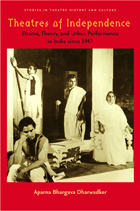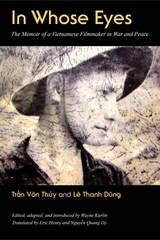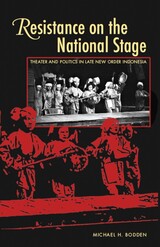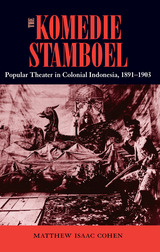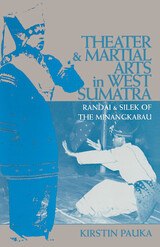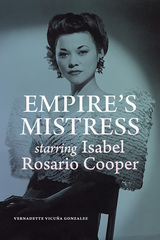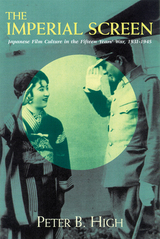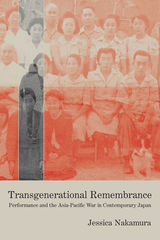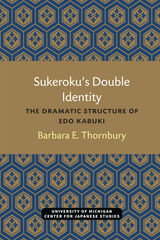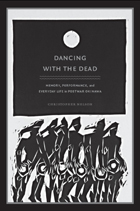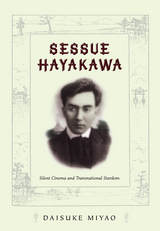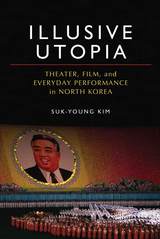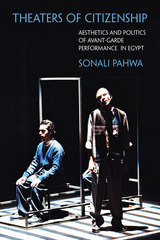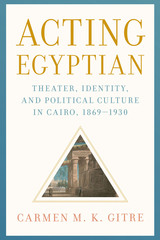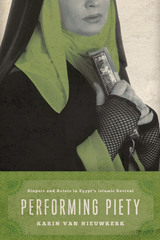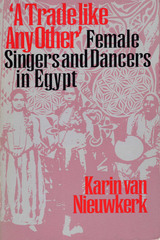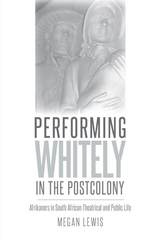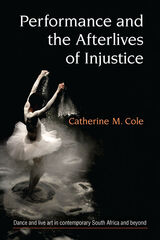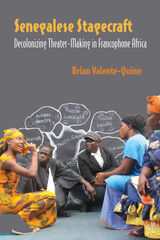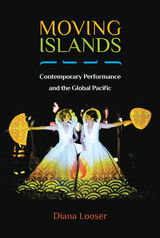Cloth: 978-0-674-74725-8
Library of Congress Classification PN2924.5.R34M6 1990
Dewey Decimal Classification 808.5430952
After the disruptions of World War II and the immediate postwar period, Japan has seen a renaissance of rakugo storytelling. There are now about 260 performers (hanashika) in Tokyo and 130 in Osaka-Kyoto. Morioka and Sasaki provide a complete picture of this humorous genre, including translations of representative stories in which a single performer brings to life, through conventional gestures and characteristic speech, the interactions of various Japanese types. This work traces the origins of rakugo back to Buddhist tales of the eighth and ninth centuries and describes changes through the years that eventuated in a refined art of stage performance in the mid-nineteenth century.
The rakugo theatre (yose), its stage and theatrical properties, the training of hanashika, profiles of some eminent professionals, and the motifs that inform the repertoire of rakugo stories are all described in detail and made vivid through copious illustration. Appended to the text are lists of the main hanashika houses, the rakugo text collections published since the mid-Meiji period, the titles of individual rakugo pieces, and an exhaustive annotated bibliography.
See other books on: Cultural & Ethnic Studies | Japan | Social Science
See other titles from Harvard University Press

